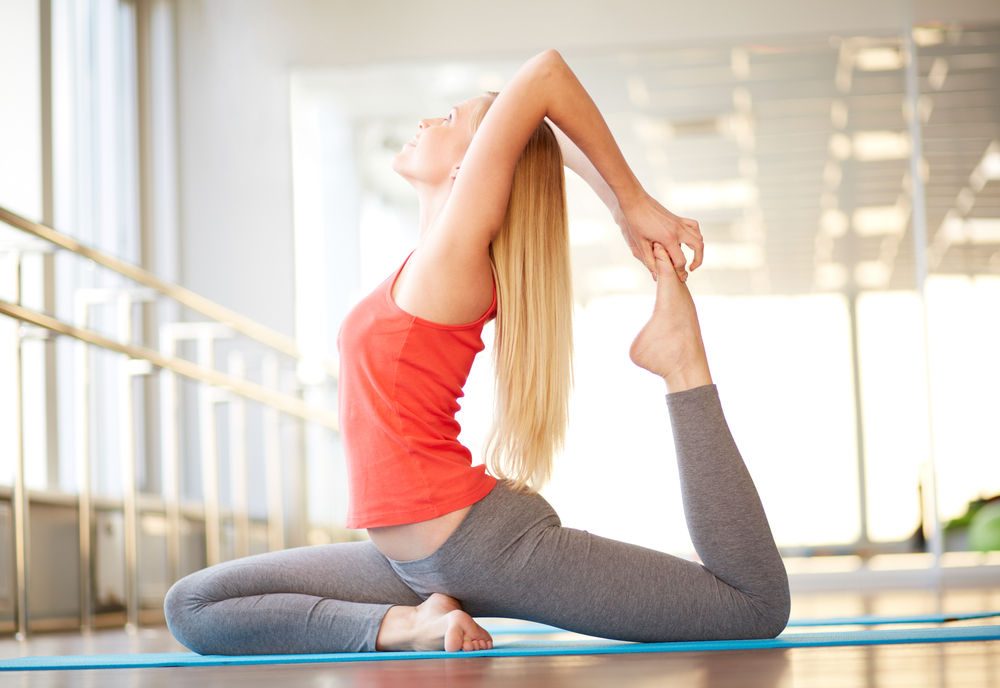Maintaining flexibility is an important aspect of overall health and well-being. Flexible muscles and joints not only improve the range of motion but also reduce the risk of injury and can even boost mental health.
Here are five effective ways to improve your flexibility:
Yoga
Yoga is an excellent way to improve flexibility, as it incorporates a variety of stretching and lengthening postures. The slow, controlled movements and deep breathing techniques in yoga help to gently stretch the muscles and increase the range of motion in the joints.
Interestingly, yoga is encouraged by physical therapists and personal trainers, but also by mental health clinicians and private rehab centres. This is because the practice of yoga has been shown to have a positive impact on mental health. The combination of physical movement, breath work, and mindfulness meditation can help to reduce stress, anxiety, and depression, while also improving mood and overall wellbeing.
Many mental health clinics now offer yoga classes or recommend yoga as a complementary therapy for their patients. The gentle, non-competitive nature of yoga makes it an accessible and beneficial practice for individuals dealing with mental health challenges. By improving flexibility and reducing physical tension, yoga can have a cascading effect on mental and emotional states as well.
Dynamic Stretching
While static stretching (holding a stretch for 30 seconds or more) can be helpful for improving flexibility, dynamic stretching may be even more effective. Dynamic stretches involve controlled movements that take joints through their full range of motion. Examples include leg swings, arm circles, and bodyweight lunges. These dynamic movements help to warm up the muscles and prepare the body for physical activity, while also improving flexibility over time.
Foam Rolling
Self-myofascial release techniques, such as foam rolling, can be a game-changer for improving flexibility. Foam rolling helps to break up adhesions and knots in the fascia (the connective tissue that surrounds and supports the muscles). By rolling out tight areas, you can increase blood flow and reduce muscle tension, allowing for deeper, more effective stretching.
Hydration
Proper hydration is crucial for maintaining flexibility. When the body is dehydrated, the muscles and connective tissues become stiff and less pliable. Aim to drink plenty of water throughout the day, especially before and after exercise or stretching sessions.
Consistency
As with any fitness or wellness goal, consistency is key when it comes to improving flexibility. Dedicating even just 10-15 minutes per day to stretching and mobility work can yield significant results over time. It’s important to make flexibility training a regular part of your routine, rather than sporadic or occasional.
Remember, everyone’s flexibility levels are different, and it’s important to respect your own body’s limits. Avoid pushing too hard or comparing yourself to others. Focus on gradual, sustainable progress, and celebrate the small wins along the way.
By incorporating these five strategies into your lifestyle, you can improve your overall flexibility, reduce your risk of injury, and potentially even experience mental health benefits as well. So, what are you waiting for? Start prioritizing flexibility today!

